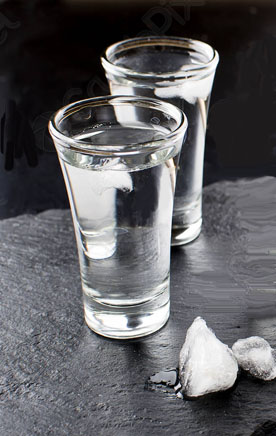- UC Davis
- Best of Friuli
- Questions About Wine
- Chocolate and Wine 101
- Vermont Cheese
- Oregon Wine Country
- Best Chianti Classico
- Best of Cahors
- Wines of the Finger Lakes NY
- Largest Wine List
- Texas Wine
- Champagne
- Best of Playa del Carmen
- Best of Central Coast California - Pt 2
- Best of Central Coast California - Pt 1
- Wine from Virginia
- Bourbon
- Best of Anguilla
- Vodka
- Tequila
- Dessert Wines
- Cognac
- Gin
- Best of Hong Kong & Macau
- Best of Sonoma
- Wines of South Africa
- Beaujolais
- Wines of Sicily
- Wines of Cyprus
- Best Vodka 2004
|
Related Links
|
||
New This Month
The Wine Detective
Articles
Spirits:
Best Vodka 2008
Cognac
Bourbon
Gin
Best Tequila
Vodka 2004
Destinations:
Graycliff, Nassau, Bahamas
Best of Texas Wines
Best of Cahors, France
Best of Playa del Carmen
Best of Hong Kong & Macau
Best Cayman Islands Restaurants
Best Atlantic City Restaurants
Best Las Vegas Restaurants
Best of Hong Kong & Macau
Best of Anguilla
Best of Sonoma
Best of Central Coast California - Part 1
Best of Central Coast California - Part 2
Best of Oregon Wine Country
Vermont Cheese Trail
UC Davis- Viticulture & Enology
Best of Cancun
Best of Lake Tahoe
Wine:
Questions About Wine
Chocolate and Wine
Chianti Classico
Champagne
Dessert Wines
Beaujolais
Wines of Friuli
Wines of Sicily
Wines of South Africa
Wines of the Finger Lakes
Wines of Cyprus
Wines of Spain
Disclaimer: This website is intended for visitors 21 years of age and older.
If you are not of legal drinking age, please exit this page by clicking here.
- UC Davis
- Best of Friuli
- Questions About Wine
- Chocolate and Wine 101
- Vermont Cheese
- Oregon Wine Country
- Best Chianti Classico
- Best of Cahors
- Wines of the Finger Lakes NY
- Largest Wine List
- Texas Wine
- Champagne
- Best of Playa del Carmen
- Best of Central Coast California - Pt 2
- Best of Central Coast California - Pt 1
- Wine from Virginia
- Bourbon
- Best of Anguilla
- Vodka
- Tequila
- Dessert Wines
- Cognac
- Gin
- Best of Hong Kong & Macau
- Best of Sonoma
- Wines of South Africa
- Beaujolais
- Wines of Sicily
- Wines of Cyprus
- Best Vodka 2004
|
Related Links
|
||






